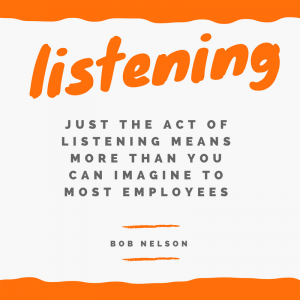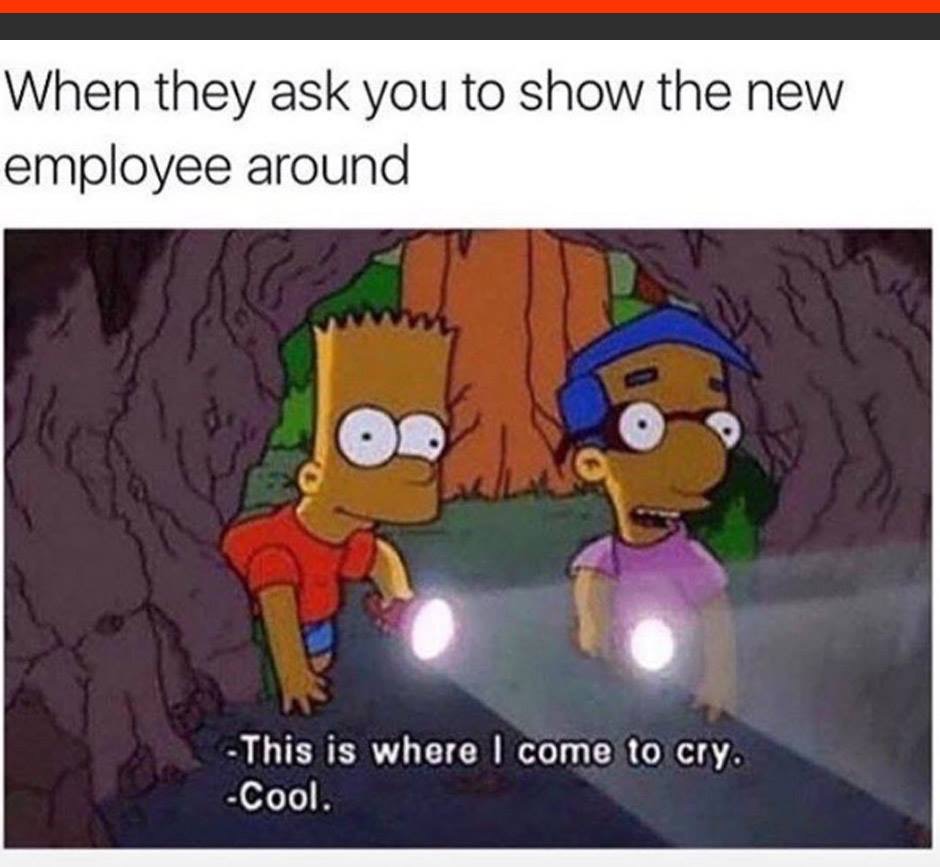
With a recent move back to Red, and confirmation that the dreaded Omicron has arrived in NZ, it’s time to revisit your Health and Safety guidelines to make sure you’ve dotted all the I’s and crossed all the T’s.
Health and safety at work has sure got more complicated over the last few years. But as we try to settle into the new normal it could be time to get back to basics.
If some of your health and safety tasks disappeared off your radar as you dealt with a million other things, you’re forgiven. We’ve all been rather busy just trying to stay afloat. But health and safety at work isn’t something that should be neglected, especially now.
Health and safety at work can feel like an overwhelming task, but really, it’s not so daunting if you take it one step at a time.
Let’s help you get back on track by going through some of the basic checks you need to do to get health and safety sorted at your workplace.
How To Keep On Top Of Health and Safety at Work
Stay On Top Of The Rule Changes
So much has changed over the last few years, and it may feel like the rules evolve every couple of weeks, but one thing has not changed – and that’s your obligation to provide a safe work environment for your employees.
Granted, that may be more complicated than it used to be, but the law is still the law, and there’s no excuse for failing to comply with it.
As such, it’s vital for employers to know the latest rules around COVID-19 for their specific industry and business.
Make sure you get clear on PPE guidelines and regulations at different traffic light levels, and be proactive about reaching out for advice if you’re confused.
There are plenty of great websites out there packed full of information. Here are some excellent resources to get stuck into if you need a little extra insight:
Addressing health and safety concerns
Employment New Zealand’s guide for workers at different COVID-10 alert levels
Vaccinations and work – Unite against COVID-19
Managing health and safety – Worksafe
Health and safety during COVID-19
Get Your Docs Up To Date
We know that paperwork is not everyone’s favourite thing, but it is an essential part of effectively managing health and safety at work.
While the law doesn’t specifically say you must have H&S documents, the Health and Safety at Work Act 2015 does require you to take all reasonable steps to provide a safe working environment for your staff – and your documentation is a key part to being able to show that’s just what you’re doing.
This also means communicating effectively and keeping everyone informed, and if your docs aren’t up to date, they’re not going to do the job. So now’s the time to review your policies, info sheets, signs, flowcharts, and procedures to ensure they are updated, clear, relevant and accessible to your entire team.
For guidance on writing H&S documents, check out this great resource from Worksafe NZ:
Train Your Staff
Staff training is an essential factor in taking care of your employees’ health and safety at work. This is stated in the H&S in Employment Act, which states that you must ensure your workers have the appropriate knowledge and experience to do their job.
Training your staff in health and safety isn’t just about ticking the boxes, though. Equipping your team with the skills and knowledge they need to do their jobs safely and effectively reduces workplace accidents and injuries, enhances productivity, boosts morale, and saves your business money in the long run.
If your H&S training has fallen through the cracks, this is the perfect time to get to it!
Be Mindful Of Mental Health
Health and safety at work isn’t just about eliminating or minimising the risk of physical harm. Employers must also take steps to support and manage their employees’ mental health.
Many people are experiencing increased anxiety over returning to on-site work, so it’s crucial that organisations prioritise psychological safety alongside physical safety in the workplace.
As you welcome your employees back to on-site work, find ways to help build resilience, create wellbeing, add flexibility into their routines, and provide resources to those who need extra support.
Our blog Let’s Talk Mental Wellness at Work has lots of spicey info and valuable resources if you’d like to know more about supporting mental wellness in the workplace.
Feeling a tad overwhelmed about health and safety in covid times?
Never fear; the Spice HR team is here. We can help you get your head around workplace H&S and find your new normal. Get in touch today to find out more.


 Today’s workforce is a different beast than it was even one generation ago. The rapid advancement of technology and the power of the internet has transformed the way many people approach their careers.
Today’s workforce is a different beast than it was even one generation ago. The rapid advancement of technology and the power of the internet has transformed the way many people approach their careers.




